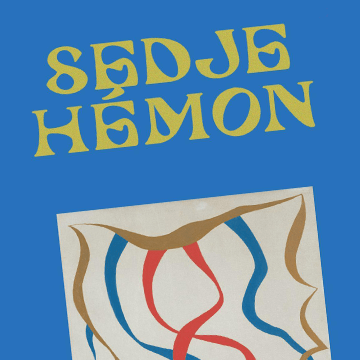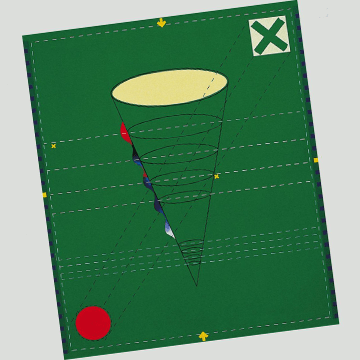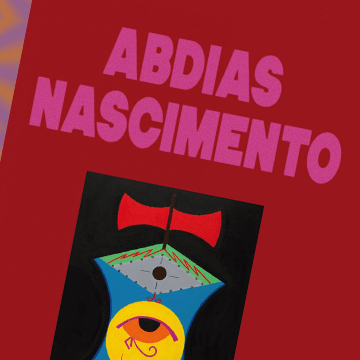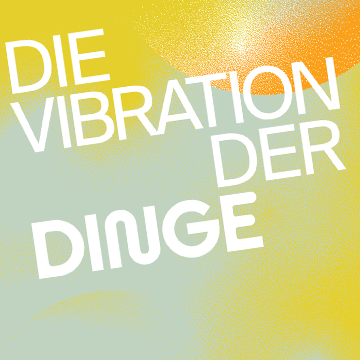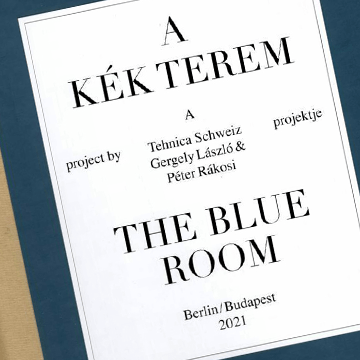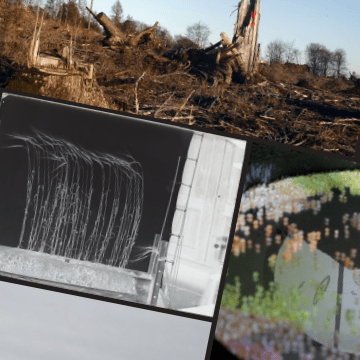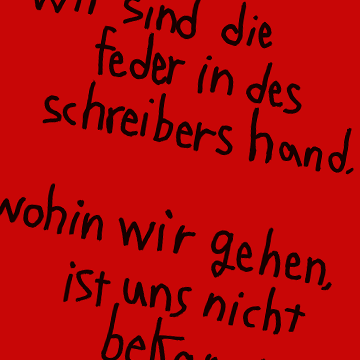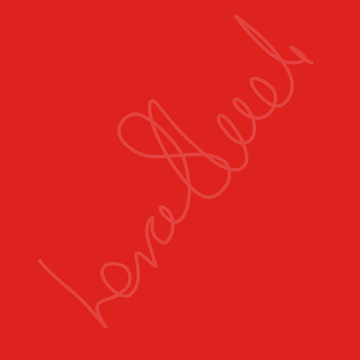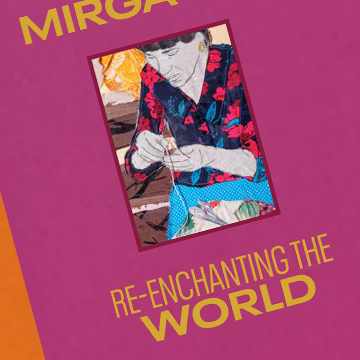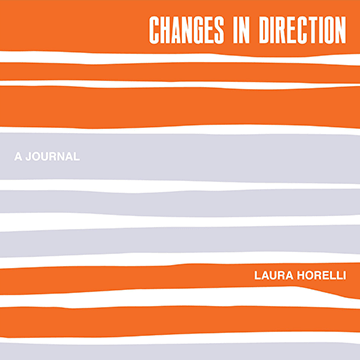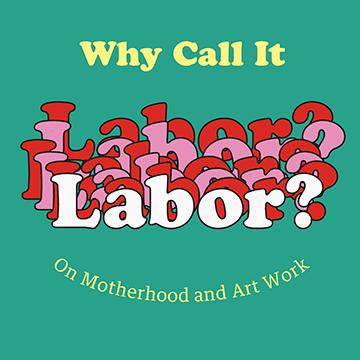How to Die - Inopiné is a performance and a practice. It thinks through, in an embodied manner, the prevailing contemporary moods of ecological grief, cultural panic, and collapse. As a performance in a theater or outdoors, an audience encounters five dancers who are constantly building, unbuilding, and rebuilding. Afterwards, stories are told around a bonfire. As a practice in the studio, school, or street, a group of dancers, artists, writers, and architects meet for a year of residencies between Oslo and Umeå.
Category: Titles
Polisario
Wer kennt die Frente Polisario, die DARS – Demokratische Arabische Republik Sahara - und die Sahrauis, zu denen auch viele Fischer gehörten, die aus ihrer Heimat vertrieben wurden und heute als Flüchtlinge im „Sandmeer“ der Sahara leben? Fabrizia Ramondino hat ein Logbuch verfasst während der Reise in die Zeltstädte der algerischen Wüste, bei der sie das Team von Mario Martone begleitete, den UNICEF und RAI Uno beauftragt hatten, einen Dokumentarfilm über die sahrauischen Kinder zu drehen.
Sedje Hémon – Emotion of Spirits
Sedje Hémon (1923-2011) dedicated her life to showing the common origin and intersectionality of all arts and sciences, culminating in the development of a theory for the “integration of the arts.”
Imran Mir – A World that is not Entirely Reflective but Contemplative
Imran Mir's (1950-2014) oeuvre can be interpreted as a constant refusal to provide comprehensive elaboration beyond what one experiences. The act of contemplation is a guiding principle to interpreting Imran Mir’s work, an approach that reverberates into a practice that grew out of conversations with a community of artists, activists, poets, relatives, and other thinkers in Karachi.
Abdias Nascimento – Being an Event of Love
Abdias Nascimento (1914-2011) was a story-teller whose mediums of expression embraced as many forms as they could, borrowing the paths at hand to communicate ideas and reflect on the urgencies of his time and place.
Hannah Ryggen Triennale 2022: Anti-monument
Hannah Ryggen Triennale 2022 presents artists and works that can varyingly be seen in the light of Hannah Ryggen's legacy (1894–1970). With the anti-monument as a prism, embodied truths are replaced with a multitude of alternatives. In this publication, the curators and invited authorsexplore the dialogues that take place between Hannah Ryggen's tapestries and the contemporary artists's woks in the triennale exhibitions, also mediated through a rich selection of images.
Hannah Ryggen's attitude toward hierarchical constructions is still confrontational Her art invites dynamic readings, at the same time as it punctures fascist ideologies and literally outlasts structures in reinforced concrete. This is the strength and potential of her textile anti-monument.
Die Vibration der Dinge | The Vibration of Things
Things, including artistic objects, are integrated into social and societal contexts. Objects are alive, they vibrate and generate resonance. When they travel, their meanings and values shift. They possess a charge that can change and even disappear.
The Blue Room
The Blue Room by the artistic duo Tehnica Schweiz (Gergely László and Péter Rákosi) is an installation comprising a film and a porcelain sculpture collection. The work is aimed at the re-examination of our relation to architectural and material cultural heritage, merging two stories: the story of the Hungarian Museum of Fine Arts's nineteenth century plaster cast collection of antique sculptures, and that of the eighteenth century synagogue of Tata, which served to house the life-size copies of antique sculptures for more than forty years.
Contested Landscapes
Contested Landscapes is dedicated to different rural regions—their landscapes, their producers, and their work. The paths of the family of the artist Sandra Schäfer and those of the famous German photographer August Sander cross in the Westerwald, a rural area in Germany shaped by farming and mining.
Afro-Sonic Mapping
From his longstanding engagement to “un-mute” colonial sound collections captured during the European colonial period, Satch Hoyt’s practice has been dedicated to intervene those collections and awake their sonicity, releasing phonogram recordings and instruments of different regions in Africa from the museological silence. For Hoyt, the sonic opens a portal to the acoustic mappings of history – testimonies of enslavement, resistance, empowerment and liberation, and also the amalgamations of today and the future.
wir sind die feder in des schreibers hand, wohin wir gehen, ist uns nicht bekannt Farkhondeh Shahroudi
This is the first monographic overview publication of the work of Farkhondeh Shahroudi. Long overdue, but in the accurate context of the Hannah Höch Support Award, which the artist received on the 1st of November 2022 in Kupferstichkabinett Museum Berlin, generously supported by the Senate Department of Berlin for Culture and Europe.
Lerato Shadi
We are delighted to be able to introduce Lerato Shadi’s first monograph. In her work, it is the marginalized that Shadi puts centre stage, negotiating bodies discriminated against in racist, sexist or classist ways, along with the experiences inscribed in them. Employing different media, Shadi addresses issues of institutional violence, patriarchal and colonial strategies of exclusion and erasure but also highlights resistant subjective narratives.
Re-enchanting the World
Re-enchanting the World is a publication accompanying Małgorzata Mirga-Tas’s exhibition of the same name, shown in the Polish pavilion at the 59th Venice Biennale. The exhibit is Mirga-Tas's manifesto on Roma identity and art, drawing inspiration from the Renaissance frescoes of the Palazzo Schifanoia in Ferrara and thus attempting to expand the European iconosphere and history of art with representations of Roma culture.
Pandora’s Box
Pandora's Box explores the form of conversation as a method of aesthetic solidarity and empowerment. As an online platform it collects and archives talks, stories, discourses and struggles to re-value and constantly reboot practices of solidarity. The conversations and texts published in this first Volume are starting and connecting points creating a web of support, exchange and dispersion being a catalyser for planetary solidarity and imaginary and real material nanocommunities.
Changes in Direction
Changes in Direction – a Journal provides multivocal and transnational African-European statements to current decoloniality debates from different perspectives. The Finnish-German artist Laura Horelli engages with the traumatic and complex histories of colonialism and international solidarity between East Germany, Finland and Namibia, staging micro-historical interventions in public spaces.
Why Call it Labor?
Why Call It Labor? comprises four essays and one conversation with contemporary artists and curators discussing their experience of becoming mothers as professionals in the arts, its reality and effects. While their reflections represent a similar strata of art worker in terms of background, class, and career trajectory, the impact of instruments of patriarchy on rendering maternity invisible that they describe is recognizable and insidious.


